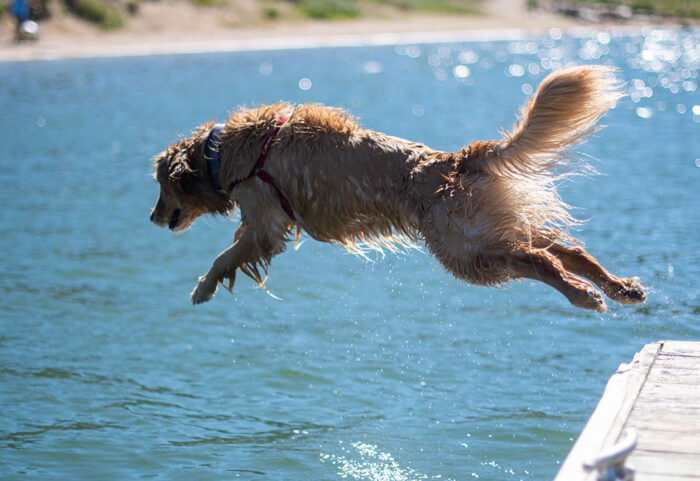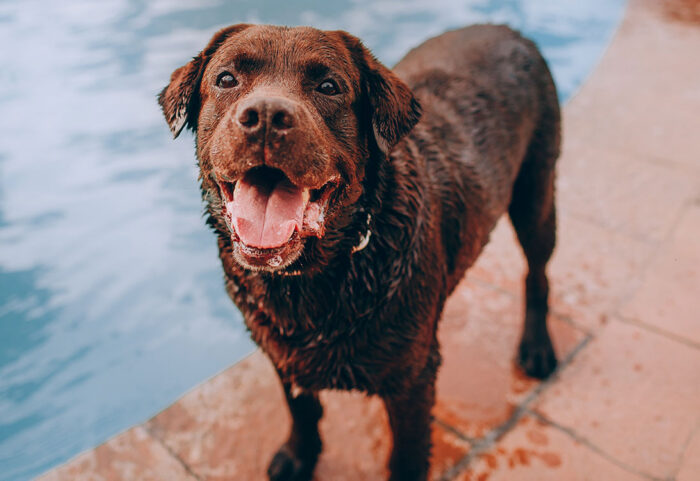Dog Ate Chocolate? Here’s What to Do Fast
Two of our favorite things — dogs and chocolate — are a dangerous combination. Chocolate is toxic to dogs and can cause serious health problems if not addressed quickly.
If your beloved companion found that box of truffles you’ve been hiding away from everyone else in the house, don’t panic. Here’s what to know about chocolate poisoning in dogs, the steps to take in the first 2 hours, and when to call your veterinarian.
Why Is Chocolate Toxic to Dogs?
Chocolate and cocoa products contain theobromine, a compound that dogs can’t process effectively. The darker and less sweet the chocolate, the higher the theobromine levels:
White & milk chocolate → lowest levels
Semi-sweet & dark chocolate → dangerous
Baking chocolate → most toxic
Smaller dogs are at greater risk from even a small amount. An 8 lb Yorkshire Terrier can be poisoned by far less chocolate than a 70 lb Labrador Retriever.
0 – 15 Minutes: Immediate Actions if Your Dog Ate Chocolate
If you catch your dog eating chocolate:
- Remove any chocolate still within reach.
- If possible, safely take any remaining chocolate from your dog’s mouth.
- Stay calm and note the type and amount of chocolate eaten.
Just one ounce of milk chocolate per pound of body weight could still cause serious problems, so it’s important to prevent consumption as much as possible.
As we mentioned above, milk chocolate typically has lower levels of that nasty theobromine, so if you have a larger dog who eats a small amount of milk chocolate, you may not need to rush them to your vet’s office. You will, however, want to monitor their behavior over the next 72 hours.
Remember! No amount of chocolate is ever safe for a dog to eat.

30 – 60 Minutes: Early Signs of Chocolate Poisoning in Dogs
Depending on the size of the dog and the amount of chocolate ingested, your vet may recommend you monitor their behavior very closely. Symptoms from chocolate poisoning can take from 6 to 12 hours to show up, but now is a good time to familiarize yourself with the symptoms. The most common symptoms of chocolate poisoning are:
- Vomiting
- Diarrhea
- Restlessness
- Shaking
- Panting
- Increased urination
- Seizures
- Shaking
- Increased water consumption
During this time, it’s important to try to keep your dog calm and make sure there is plenty of fresh water available for them to drink.
Similar emergency symptoms can appear with vape pen ingestion, another rising risk for dogs.
1 – 2 Hours: Veterinary Treatment for Chocolate Toxicity in Dogs
In more serious cases, veterinary treatment will be needed. As a pet owner, it is important to know some of the most common treatments:
- Induced vomiting to remove chocolate from the stomach
- IV fluids to flush toxins and prevent dehydration
- Activated charcoal to block theobromine from entering the bloodstream. Your veterinarian may recommend repeating this treatment more than once to maximize the chances of blocking those toxins, so don’t be surprised if they send you home with a little bottle of gooey black stuff.
How to Keep Dogs Safe from Chocolate
Most dogs recover fully from chocolate poisoning if treated quickly. To keep your pet safe:
- Store chocolate and cocoa products well out of reach.
- Remind family and guests not to share sweets with pets.
- Watch your dog closely during holidays like Halloween, Christmas, and Valentine’s Day.
Dogs love to eat. They don’t know that eating a candy bar is a great way to ensure an unexpected vet visit. As a dog owner, it’s important to understand your own dog’s behaviors and keep any troublesome foods well out of reach. In most cases of chocolate poisoning, the patient recovers well with no lasting health issues. Chances for a full recovery are increased when you know what to look for and act fast.
If your dog ate something else unsafe, like medication or a foreign object, here’s what to do when dogs swallow non-food items.
Learn How Stem Cells Are Shaping Pet Care
Gallant is pioneering ready-to-use regenerative therapies that may change how we treat diseases
in dogs and cats.


